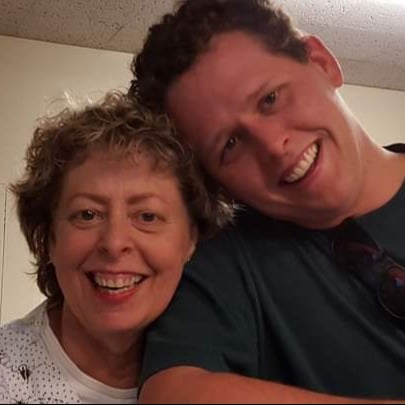It was a normal day at home for Judy Reid. Suddenly, she experienced weakness throughout the left side of her body, causing her to fall into her closet. Her first action? She texted her son, Ryan Graves- who happens to be a Registered Nurse for Pullman Regional Hospital’s Emergency Department.
“My son immediately notified his supervisor, left the Emergency Department, and came to my house to pick me up,” says Judy, who lives about a mile from Pullman Regional Hospital. On the drive back to the hospital, Judy began experiencing vision changes. A retired nurse herself, she knew she’d had a stroke.
Once she arrived at the hospital, Pullman Regional Hospital’s rapid stroke response team got to work, administering tPA (medicine that quickly dissolves the clots that cause many strokes) within 30 minutes of Judy’s onset of symptoms. “In that moment, my son got to be just my family member, as the stroke team assumed their assigned roles,” recalls Judy. “I had full confidence in everything they were doing- I actually knew most of them from my time as a nurse!”
Judy was sent to Sacred Heart in Spokane for follow-up, where she met with a neurologist to review her brain scan. Now, she’s back home in Pullman and is feeling lucky to not have any lingering symptoms.
“The rapid stroke response team at Pullman Regional Hospital worked remarkably well together,” recalls Judy.
“It’s nice to work at a place where you’re proud to bring your family to,” reflects Ryan Graves, Registered Nurse. “The entire time my mom was at Pullman Regional Hospital, I knew she was in great hands. I’m lucky to work with such a great group of people.”
In 2022, Pullman Regional Hospital earned an Acute Stroke Ready Certification from DNV—an international accrediting body for healthcare organizations. To earn certification, a hospital must meet or exceed evidence-based standards set forth by the American Heart Association/American Stroke Association and Brain Attack Coalition.
Recognize the symptoms of stroke with BE FAST:
B = Balance issues - Is the person suddenly having trouble with balance or coordination?
E = Eyesight changes - Is the person experiencing sudden blurred or double vision or a sudden loss of vision in one or both eyes without pain?
F = Face Drooping – Does one side of the face droop or is it numb? Ask the person to smile. Is the person's smile uneven?
A = Arm Weakness – Is one arm weak or numb? Ask the person to raise both arms. Does one arm drift downward?
S = Speech Difficulty – Is speech slurred?
T = Time to call 911
